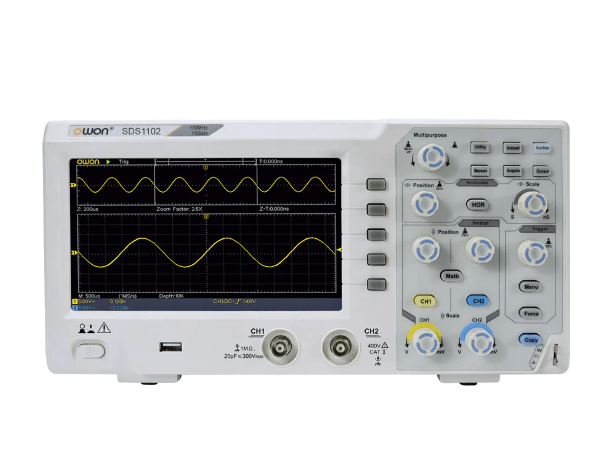Circuits
Noteworthy Circuits & Designs

Q-Watt Audio Power Amplifier: Lots of Power with Low Distortion
Hey, audio aficionados! This analog circuit was crafted entirely by the Elektor Lab team. The straightforward Q-Watt design features a single pair of transistors in the output stage. It boasts the capability to produce more than 200 high-quality watts into 4 ohms. The design's remarkable performance, characterized by exceptionally low distortion, is made possible through the integration of a specialized audio driver IC. The PCB holds the entire power amplifier, including buffer capacitors and protection circuitry. There’s just enough space on the circuit board for the heatsink that has to be mounted on IC1.Download free article

Tiny On/Off Switch with Battery Level Check: Prevents Deep-Discharging the Battery
Use this compact Microchip Technology PIC MCU-based circuit to debounce a tactile On/Off switch for a battery-powered device. The circuit prevents power up if the battery voltage is too low, and it powers down the device when the voltage drops below 3.2 V. The idea is to use the PIC10F322 microcontroller to manage a push button and the battery voltage threshold to enable (or not) the power to the device.Download article

Sound Activated Switch for Amplifiers
Connecting a power amplifier directly after an audio source typically necessitates an extra power switch, adding inconvenience. A more seamless integration would involve the amplifier automatically powering on with the signal source. This can be achieved with the compact circuit outlined in this article. The design uses three transistors to sense the presence of an audio signal. The prototype circuit was built on a spare piece of perfboard, which works well but, as the designer explains, "won’t win any prizes for beauty."Download free article

Simple 555 Tester
The 555 timer IC is renowned for its adaptability, frequently appearing in a variety of circuits due to its invaluable utility, which has garnered it significant popularity over the years. Despite the 555’s generally robust reliability, it is not immune to occasional malfunctions. The following circuit from 1980 offers a straightforward and efficient approach for testing devices that may be underperforming. While this circuit is not new, it represents the sort of circuit projects that Elektor was publishing four decades ago in its Summer Circuits edition.Download free article
PCB Design
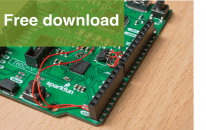
Buried Pad PCB Fixing
Back in 2021, SparkFun's founder Nathan Seidle shared with us details about his company's “Wall of Unabashed Failure,” which is basically it is a wall full of bad PCBs. As he explains, each PCB failure tells a different story and serves as a reminder, so no one makes the same mistakes again. In this article, Seidle talks about PCB design, problem solving, and “a maneuver that I haven’t seen or tried before.” The best engineers know how to learn from their mistakes.Download free article
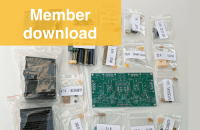
Low-Volume Board Production: With and without Assembly
You've successfully designed and tested an electronic circuit board, and you're eager to produce it in small quantities. Yet, if you lack the financial capacity to order 10,000 pre-assembled boards and store them for future use, what alternatives are available to you? Saad Imtiaz (Senior Engineer, Elektor) offers some valuable suggestions. In addition to comparing a few notable PCB services, he covers component sourcing, touches on PCBA pooling, and offers tips for better PCB designDownload article
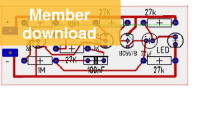
PCB Tips and Tricks
PCB and PCB design technology is always improving. But it still helps to learn about tips, tricks, and solutions from the past. In this article, long-time Elektor Burkhad Kainka shares some insights about producing your own PCBs. He covers helpful topics such as building a proto-PCB, wiring diagrams, PCB layout, ground planes, connectors, checking board layout, and more. As you’ll see, many of his strategies are particularly useful when designing simple circuit boards for experimental projects.Download article

My First PCB: Going Headfirst Into KiCad
With open-source ECAD software, you can develop a workflow for creating printed circuit boards (PCB). George Lydecker became interested in KiCad because it is free and there are numerous online articles and videos about it. In this article, he touches on creating a schematic, creating a PCB layout, 3-D KiCad renderings, manufacturing a test run, testing a board, and more.Download free online
Circuit Simulation
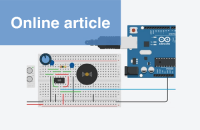
Simulate Circuits Online: Circuit Simulation Made
You might lack all the necessary components to bring to life a circuit you envision. Alternatively, the circuit you aim to create might involve potentially hazardous voltage and current levels. In such scenarios, employing a simulator to experiment safely is a good idea. Simulators are readily accessible, with platforms like Tinkercad Circuits, discussed here, conveniently available via web browsers. Not only does it simulate circuits, but it also executes Arduino code, as demonstrated herein. Circuit simulation is a few clicks awayRead article online

Audio Power Amplifier Simulation with TINA: The Try-Before-You-Build Approach
Sure, you can test many of your circuits by soldering or breadboarding parts. But you might also consider running a simulation. This article covers how to use TINA or TINACloud to comprehend, test, and analyze a simple audio power amplifier. You can use this approach without the risk of things like solder fumes or blown fusesDownload article

Circuit Simulation With Micro-Cap: First Steps in a Complicated World
Using a circuit simulator can save you time on testing ideas. It also is a handy learning and debugging tool because it can show you what goes on inside a circuit. This article introduces Micro-Cap, which lets you draw circuits and probe the signals in it while "turning knobs" by stepping parameters. It comes with a vast library of component models, including vacuum tubes. Design tools for active and passive filters are built in.Download free article

Engineering Insights: Exploring QSPICE, a New Frontier in Circuit Simulation
In this episode of Elektor Engineering Insights, Elektor dives into the topic of circuit simulation and explores the capabilities of QSPICE, a Simulation Program with Integrated Circuit Emphasis (SPICE) tool developed by Qorvo. Experts Mike Engelhardt and Pete Losee talk about launching QSPICE, what they've learned about circuit simulation, and how QSPICE helps engineers developing SiC-based applications. They also cover some demo projects.Read article online
October 2024 Webinar
Interested in circuit design? So are we! Join Elektor’s engineers and editors for a webinar in October 2024. We are currently planning the topic and curriculum. Once we have more details, we will post all the information on the Elektor Webinars page. Stay tuned!











